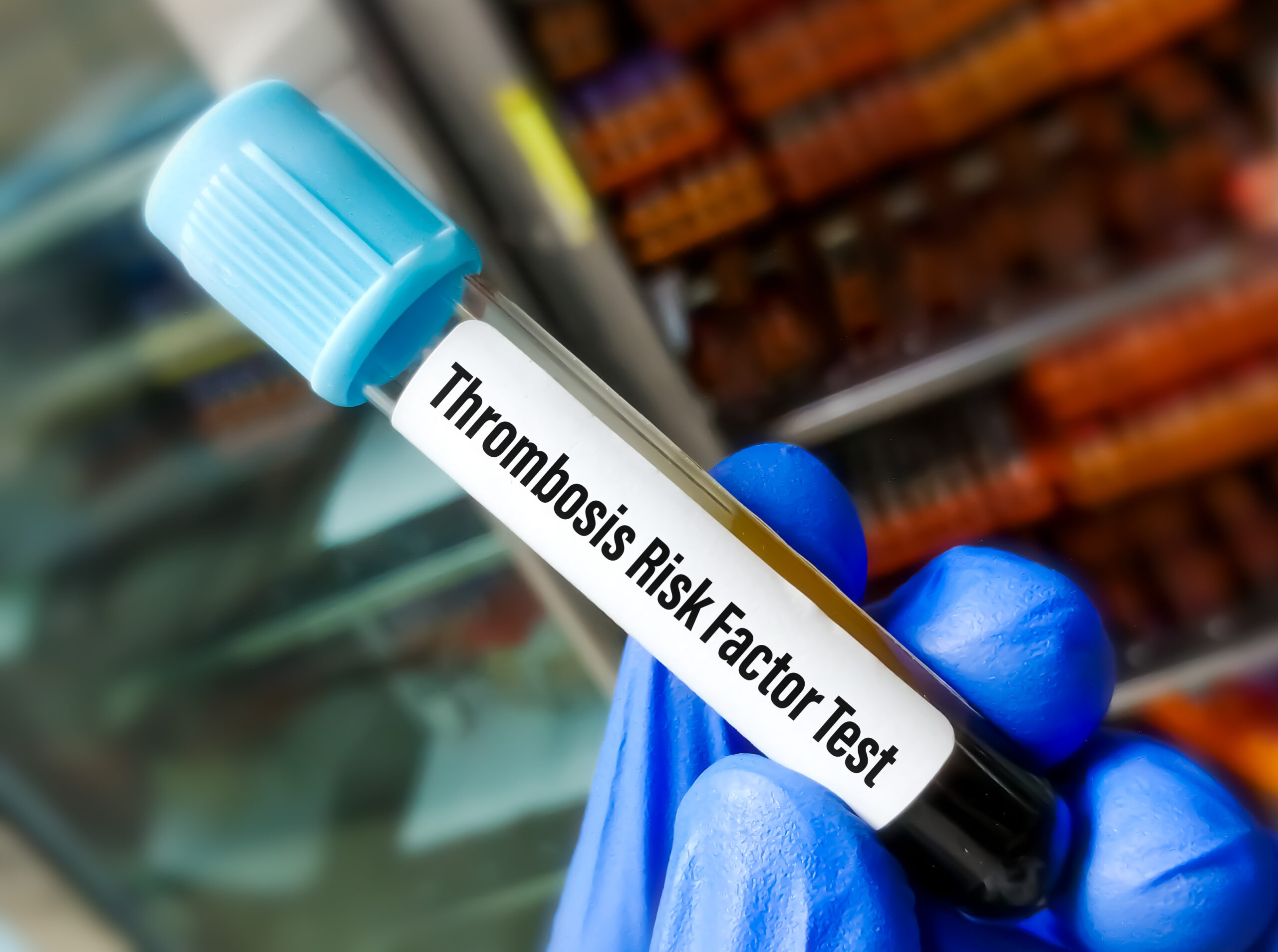
What are Common Deep Vein Thrombosis Risk Factors and Treatments?
When you visit a doctor, you expect to receive the best care possible. Whether you are visiting for a routine appointment or in an emergency room, doctors must practice within the standard of care. However, this is not always the case. Deep vein thrombosis (DVT) is a condition where doctors must run a variety of tests to confirm the diagnosis. If they do not, they may misdiagnose deep vein thrombosis risk factors or fail to provide proper treatments — increasing the likelihood of an injury or even death.
At Zevan Murphy, we understand that a DVT is a serious medical condition that must be treated swiftly. If you believe your deep vein thrombosis diagnosis was missed or delayed, contact our medical malpractice attorneys today.
What is deep vein thrombosis?
Deep vein thrombosis is a serious medical condition involving the formation of a blood clot in the deeper veins of the legs or pelvis leading to restricted blood flow. If left untreated, a DVT may cause serious swelling, pain in the legs or a devastating pulmonary embolism, if the untreated clot travels into the lungs.
What are the common deep vein thrombosis risk factors and symptoms?
A DVT commonly arises during or after surgery or from prolonged inactivity such as sitting for long periods of time without standing. Other deep vein thrombosis risk factors include:
- Smoking heavily;
- Being overweight or obese;
- Pregnancy;
- History of a deep vein thrombosis diagnosis;
- Increased age;
- Certain cancers; and
- Kidney problems.
Since it is closely tied to surgical procedures, your doctor must be attentive to the common symptoms that may arise during or after surgery. These symptoms may include:
- Pain
- Swelling
- Tenderness
- Redness
- Leg fatigue
- Highly visible veins
- Warm skin
If any of these risk factors or symptoms are present, your doctor has a duty to begin testing for and quickly treating you for deep vein thrombosis.
What are the standard tests to rule out a DVT?
If your doctor suspects of a DVT, they must treat the condition quickly to avoid a life-threatening pulmonary embolism. There are four standard practices for ruling out a deep vein thrombosis diagnosis. These tests include:
- D-dimer blood test. D-dimer is a protein produced by blood clots and almost all people who have a severe DVT will have increased levels of this protein in their bloodstream. This test is essential in ruling out the potential for a pulmonary embolism.
- Duplex ultrasound. A noninvasive test that uses sound waves to generate pictures of how your blood flows through your veins. This is the most standard test for a DVT, and may be done over a series of days to see if an existing clot grows or a new one forms.
- Venography. A doctor will inject dye into a vein of your foot or ankle to get an accurate depiction of any blockages that may be present in an X-ray. This test is invasive so it is not done as often unless an ultrasound is not accurate.
- MRI scan. This is the best way to diagnose DVT in the veins of the abdomen.
What are common DVT treatment options?
Once a DVT is discovered, a doctor should immediately begin a treatment to prevent the clot’s growth, prevent it from breaking loose and traveling through the bloodstream and reduce the chances of another DVT. Following an assessment of deep vein thrombosis risk factors and conducting the necessary tests, your doctor may recommend one of the following treatment options.
- Blood thinners. These will reduce the development of more blood clots and help prevent any blood clots from getting bigger.
- Clot busters. Used for a more serious type of DVTs, these are placed directly into the clot to break it up.
- Filters. If you are unable to take medications to thin your blood, your doctor may advise placing a filter into your large vein to break up loose clots and prevent them from going into your lungs.
- Compression socks. To prevent blood from pooling in the legs and reduce swelling, compression socks will be recommended to prevent DVTs in the future.
Do I have a medical malpractice case?
Deep vein thrombosis is a serious medical condition that requires accurate and prompt medical attention. If you or a loved one suffered due to a doctor’s failure to assess deep vein thrombosis risk factors, properly diagnose the condition or a delayed diagnosis led to serious complications such as a pulmonary embolism, you may be entitled to compensation for the damages you experienced.
At Zevan Murphy, we hold medical professionals responsible for their negligent or careless actions. While no victory or settlement may restore a person’s health or undo the impact the injury has on one’s life, we strive to obtain the rightful compensation you and your family deserve to move forward. Call our team today to begin building your case.
